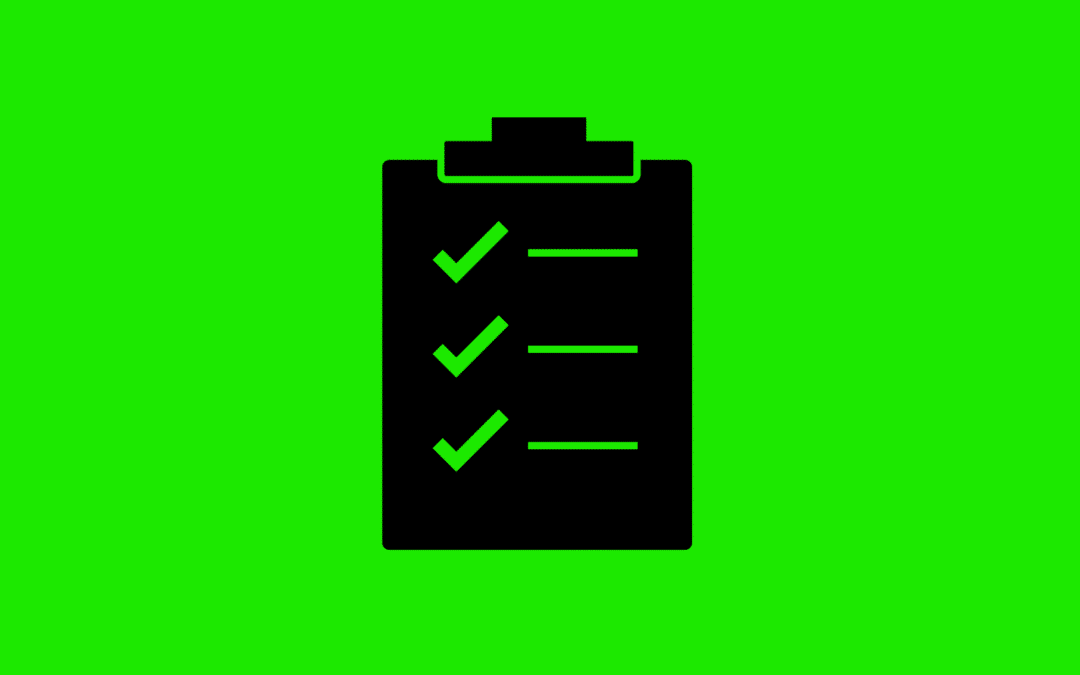The ISO 27001 Clause 4.2 implementation checklist is designed to help an ISO 27001 Lead Implementer to implement ISO 27001 Clause 4.2 Understanding The Needs And Expectations of Interested Parties.
The 5 point ISO 27001 implementation plan sets out how to implement, the challenges faced and the solutions to adopt.
How to implement ISO 27001 Clause 4.2
Time needed: 1 hour and 30 minutes
How to implement ISO 27001 Clause 4.2
- Identify the Interested Parties
Challenge
Determining the full scope of ISO 27001 interested parties can be challenging.
Gathering accurate and complete information about each party can be time-consuming.
Prioritising which parties have the most significant impact on the ISMS can be difficult.
Solution
Stakeholder analysis: Conduct a formal stakeholder analysis to identify, map, and assess the interests and influence of each party. Tools like stakeholder maps and power-interest grids can be helpful.
Documentation review: Review existing contracts, agreements, and regulatory documents to identify any mandatory requirements or expectations from external parties. - Identify the Requirements of Those Interested Parties
Challenge
Clearly articulating the specific requirements of each interested party can be complex.
Gathering accurate and consistent information from multiple sources can be time-consuming and prone to errors.
Understanding the underlying needs and expectations behind the stated requirements can be difficult.
Solution
Interviews and surveys: Conduct interviews with key representatives of each interested party to gather their specific requirements. Surveys can be used to gather information from a larger number of stakeholders.
Documentation review: Analyse relevant documents, such as contracts, service level agreements, and regulatory guidelines, to identify specific requirements.
Requirement workshops: Facilitate workshops to discuss and refine the identified requirements, ensuring that all relevant stakeholders are involved. - Demonstrate How Your ISMS Meets Those Requirements
Challenge
Clearly and concisely demonstrating how the ISMS addresses the requirements of each interested party can be challenging.
Linking specific ISMS controls to individual requirements can be complex.
Ensuring that the demonstration is clear, concise, and easily understood by auditors and other stakeholders can be difficult.
Solution
Risk assessment: Conduct a thorough risk assessment to identify and prioritise the information security risks associated with each interested party’s requirements.
Control mapping: Develop a control mapping matrix that links specific ISMS controls to the requirements of each interested party.
Documentation: Document the evidence that demonstrates how the ISMS addresses each requirement. This may include policies, procedures, work instructions, test results, and audit reports. - Document Interested Parties and Their Requirements
Challenge
Ensuring that all information related to Clause 4.2 is accurately and comprehensively documented can be time-consuming.
Maintaining the documentation in a consistent and easily accessible format can be challenging.
Keeping the documentation up-to-date with changes to the ISMS or the requirements of interested parties can be difficult.
Solution
Document control process: Establish a robust document control process to ensure that all documents are properly created, reviewed, approved, and controlled.
Electronic document management system: Utilise an electronic document management system to store and manage all relevant documentation.
Regular reviews and updates: Conduct regular reviews of the documentation to ensure that it is accurate, up-to-date, and consistent with the current state of the ISMS. - Approve and Sign Off
Challenge
Obtaining approval from all relevant stakeholders can be time-consuming and challenging.
Ensuring that all approvals are properly documented can be difficult.
Maintaining a clear audit trail of all approvals can be important for demonstrating compliance.
Solution
Approval matrix: Develop an approval matrix that clearly defines the roles and responsibilities of each individual involved in the approval process.
Electronic approval systems: Utilise electronic approval systems to streamline the approval process and ensure that all approvals are properly recorded.
Regular management reviews: Conduct regular management reviews to assess the effectiveness of the ISMS and ensure that all relevant stakeholders are aware of any changes or updates.
By carefully addressing these challenges and implementing the recommended solutions, organisations can effectively comply with ISO 27001 Clause 4.2 and demonstrate their commitment to meeting the needs and expectations of all interested parties.
Further Reading
ISO 27001 Clause 4.2 Understanding The Needs And Expectations of Interested Parties


